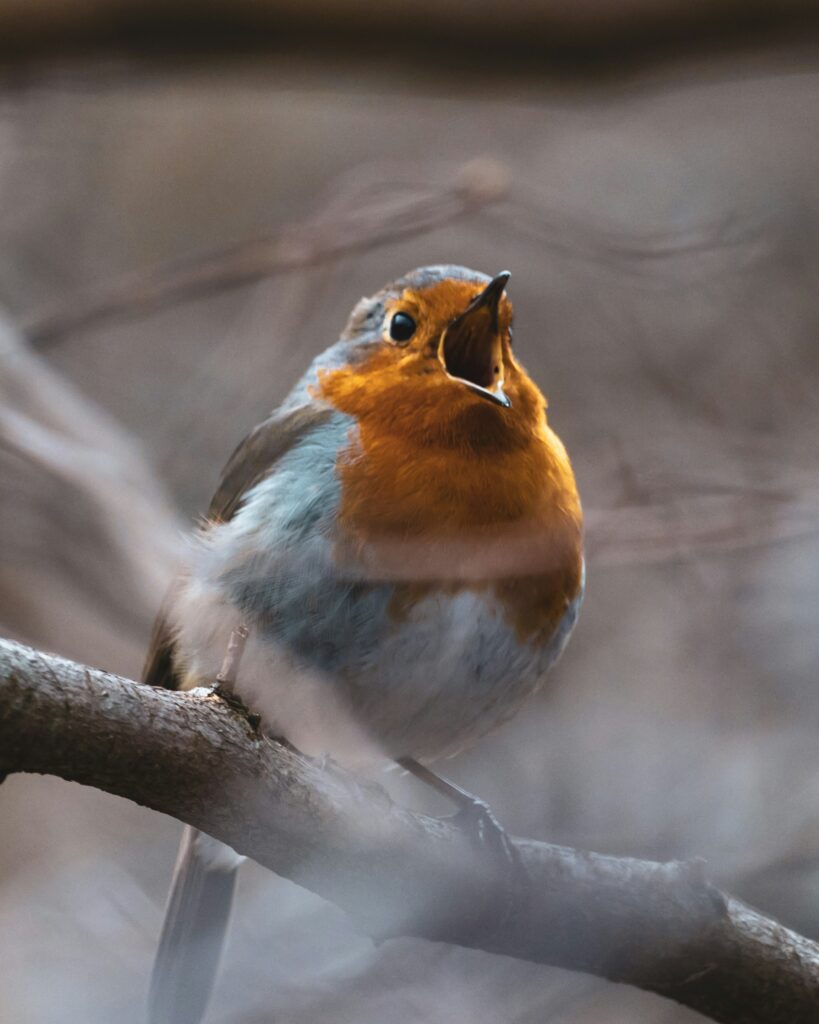Biodiversity at RSPB Skinflats
On the banks of the Forth, near Kincardine Bridge, the Royal Society for the Protection of Birds (RSPB) is undertaking a ‘managed realignment’ project to bring back the inter-tidal saltmarsh landscape that once was a common sight throughout the Forth estuary. Strategic breaches in the old sea wall have not only provided more space for the river and created natural flood defences, but the beautiful saltmarsh now stretching across the site also provides important feeding and breeding habitats for some of the region’s most charismatic birds, like terns or curlew.
The Forth-ERA team is working in partnership with the RSPB to monitor these birds and other wildlife at the site, along with water levels, in a bid to collect valuable data for the management of this site and future projects. You can find out more details about the monitoring equipment we are using below.

Real-time eco-acoustic monitoring devices
- Small device mounted to trees or other existing features using straps and the integrated mounting wings.
- Integrated microphone to record ambient environmental sound, from which bird song will be analysed using a machine learning algorithm based on sound databases to identify individual species.
- Placement of monitoring devices away from frequently visited areas and secure data storage to ensure privacy in case human speech is recorded by the device.
- Potential of fitting additional microphone to expand capabilities of the device at later stage (e.g., for bat detection).
- Routine maintenance visits by our technical team required every 6 months.
Infrared Wildlife Camera
- A small wireless wildlife camera in waterproof (IP66) casing will be strapped securely to existing features, such as a tree or pole, away from paths.
- 12MP resolution and high-definition video of 1440×1080 with audio recordings in H.264 format.
- Battery powered and remote data transfer via mobile networks.
- Angled downwards to capture small- to medium-sized mammals and avoid capturing identifiable features of visitors who stray from paths for added privacy.
- Routine maintenance visits by our technical team required every 6 months.

Your privacy is very important to us:
We have located these devices away from frequently visited areas, so it is unlikely that any personally identifiable data will be recorded of you or other visitors. We do not manually check most recordings, as an automated computer programme identifies animal species for us, so there is very little risk that we will hear peoples’ conversations or see their photos. If this should indeed happen, we will immediately delete such a recording. We will publish images and sound recordings of particularly interesting animals that our computer programmes have identified, but will manually check everything we publish beforehand to ensure that there are no recordings of humans. If you are concerned that such a recording may have been made, however, please contact us and tell us where in the area and when exactly you think this happened:
E-mail: forth-era@stir.ac.uk
Phone: +44 (0) 7443 292898